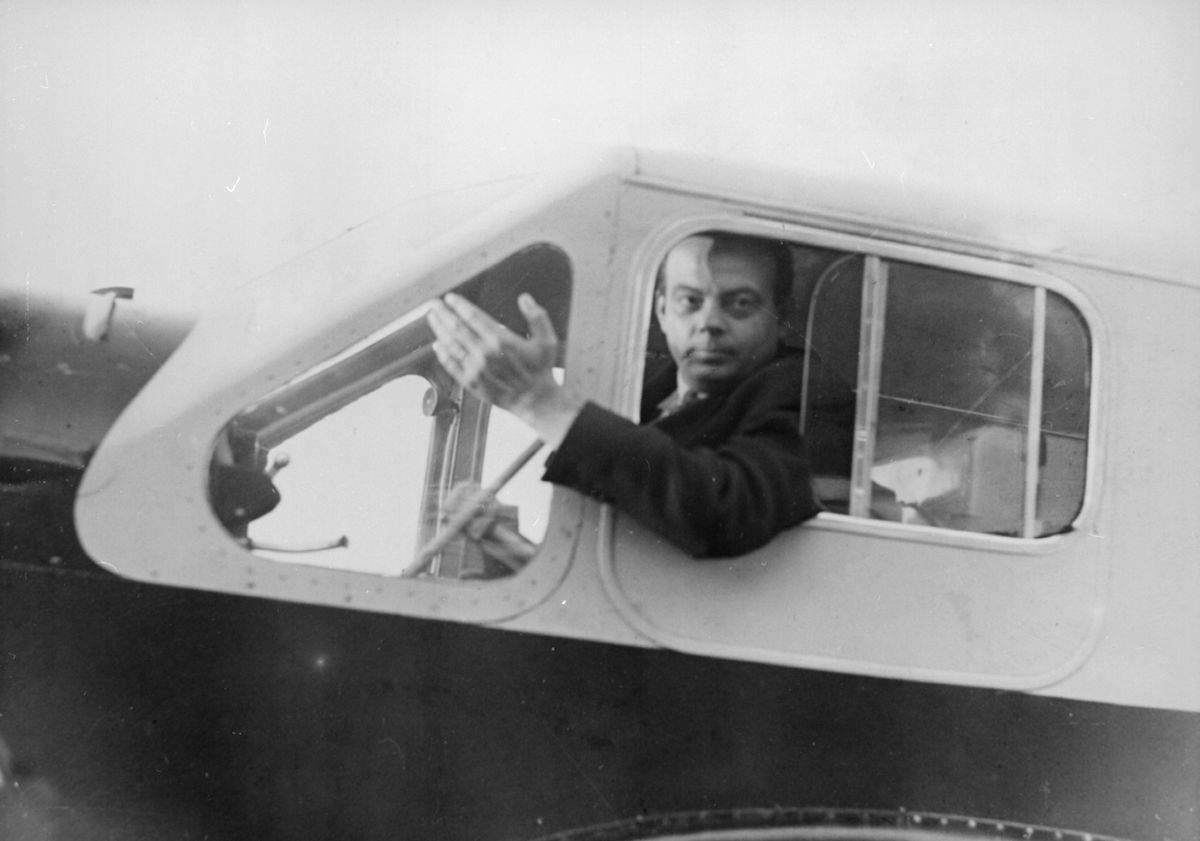
With The Little Prince coming to Netflix on Friday, more than 70 years will have passed since TIME, in reviewing the story on which the film is based, called author Antoine de Saint-Exupéry the “most metaphysical of aviators.”
And, though the story of the Little Prince and his voyages among the planets is clearly fiction, Saint-Exupéry’s own experiences as a pilot helped inspire that tale. On the most obvious level, the plane crash that begins the story, through which the narrator meets the title character, mirrors a real mishap that left the author stranded in the Sahara in the mid-1930s, while on his way from Paris to Saigon on an airmail run. As TIME would later describe, “Characteristically, while waiting to be rescued in the desert, he kept himself company with his musings, later spun the incident into his delightful children’s tale, The Little Prince.” He ended up walking many miles in the desert before being rescued by a passing Bedouin.
Before Saint-Exupéry got around to The Little Prince, he described his ordeal in the 1939 book Wind, Sand and Stars. The harrowing experience in the desert is marked by multiple hallucinations and mirages, and imaginary encounters with strange creatures. (“I walked with my eyes to the ground,” he wrote, “for the mirages were more than I could bear.”) But Wind, Sand and Stars tells of more than just a narrative inspiration for The Little Prince. It also, as explained TIME’s 1939 review of the book, hints at the philosophy that would help Prince become one of the most enduring fables of the 20th century.
Even closer partners in his Wind, Sand and Stars are the pilot and the poet, the mechanic and the metaphysician. Says Author Saint Exupéry: “One doesn’t risk one’s life for a plane any more than a farmer ploughs for the sake of the plough. But the airplane is a means of getting away from towns and their bookkeeping and coming to grips with reality. … It plunges a man directly into the heart of mystery.”
Thus is created a “new breed of men,” risking death not for businessmen’s mailbags but for “the dignity of the craft,” a new human fraternity born of shared loneliness, dangers, purpose.
In 1944, Saint-Exupéry disappeared while on a wartime reconnaissance flight over Europe. The wreckage of his plane was discovered at sea almost exactly 60 years later, but what happened to him remains a mystery.
Read the full 1943 review of The Little Prince, here in the TIME Vault: Adult Fairy Tale
More Must-Reads From TIME
- The 100 Most Influential People of 2024
- Coco Gauff Is Playing for Herself Now
- Scenes From Pro-Palestinian Encampments Across U.S. Universities
- 6 Compliments That Land Every Time
- If You're Dating Right Now , You're Brave: Column
- The AI That Could Heal a Divided Internet
- Fallout Is a Brilliant Model for the Future of Video Game Adaptations
- Want Weekly Recs on What to Watch, Read, and More? Sign Up for Worth Your Time
Write to Lily Rothman at lily.rothman@time.com